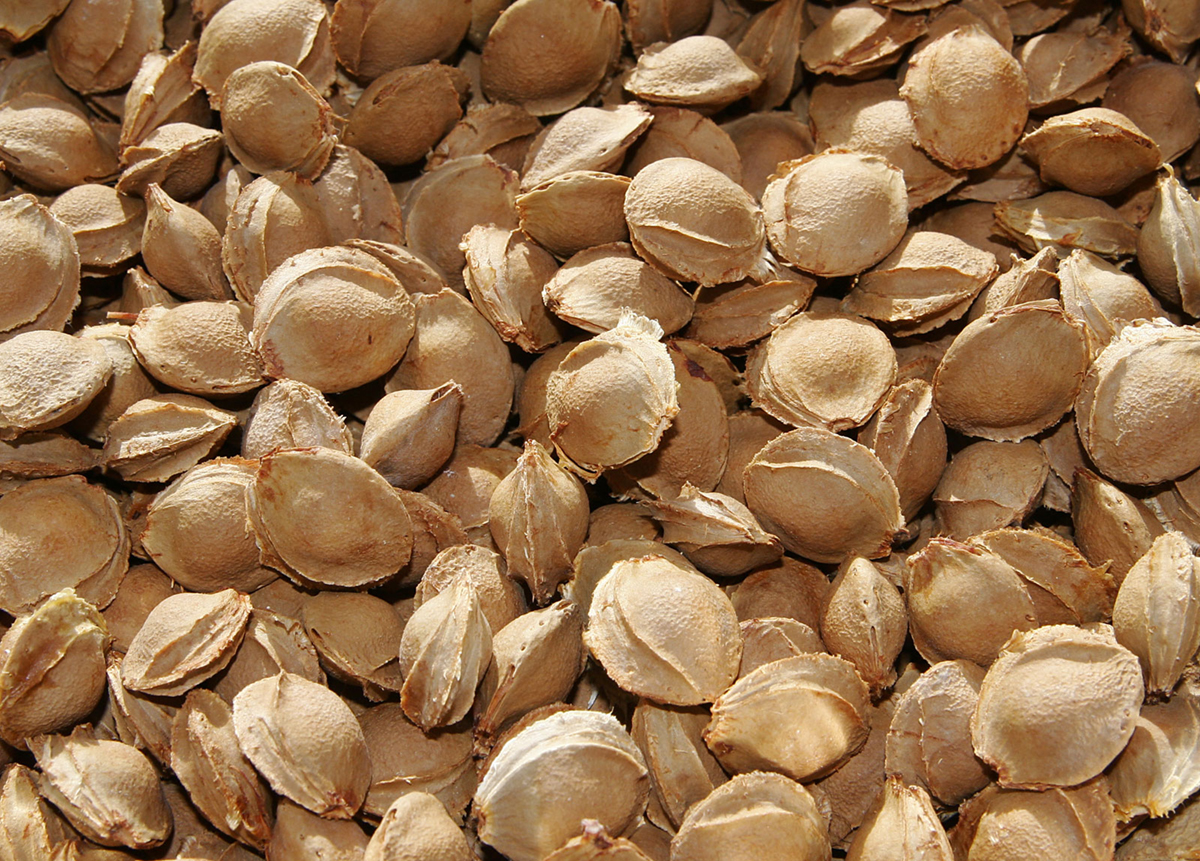
Vitamin B17 is not exactly a vitamin but actually a glycoside initially isolated from the seeds of the tree Prunus dulcis, also known as bitter almonds. Scientists Pierre-Jean Robiquet and A. F. Boutron-Charlard were first to isolate this glycoside, in 1830. This vitamin is commercially known as Laetrile or Amygdalin. However, laetrile is partially synthetic and made from amygdalin, a plant substance found naturally in raw nuts and the pips of many fruits, particularly apricot pips, or kernels.
Benefits of vitamin B17
In 1845, this vitamin was used to cure cancer in Russia, and again in the 1920s in the United States, but it was considered too poisonous. Leatile is well known as the alternative cancer treatment used in combination with an effective cancer diet and key supplements. Laetrile works by destroying cancer cells and boosting the immune system to fend off future outbreaks of cancer. The active ingredient used to treat cancer is actually the cyanide, a powerful toxic compound. Since the studies have found vitamin B17 is ineffective in treatment of cancer, the United States Food and Drug Administration prohibited the interstate shipment of amygdalin and laetrile in 1977.
Sources of vitamin B17
Vitamin B17 occurs in abundance in nature. This vitamin is bitter to the taste and people eliminated this substance in attempt to improve the taste of their food by selection and cross-breeding. However, many of the foods that have been domesticated still contain vitamin B17 in that part not eaten by modern man, such as the seeds in apricots. The highest concentration of this vitamin is found in bitter almond and apricot seeds but many other foods also contain vitamin B17: alfa alfa sprouts, apple seeds, bamboo shoots, blackberries, raspberries, buckwheat, millet seeds, barley, brown rice, cashew nuts, sassava, peach kernels, plum kernels, pecans, quince, and pecans.
What is very important to understand is that more of this “vitamin” isn’t exactly better. Taking too much food rich in vitamin B17 can be extremely hazardous. A natural limit, if one is consuming apricot kernels, for example, is the number that one would eat if he or she were also eating the whole apricot. An adult male might eat eight or nine apricots at a time before becoming full; a woman might eat five or six; a child would most likely eat but two or three; and this could be repeated three or four times a day so long as the stomach was given a couple of hours between times, to absorb the last meal.


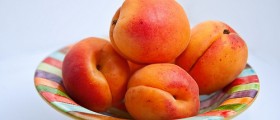
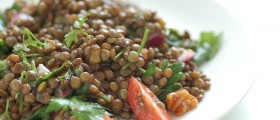
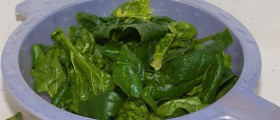
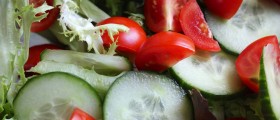
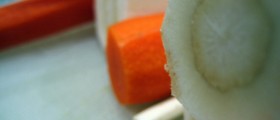
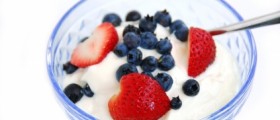

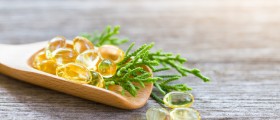
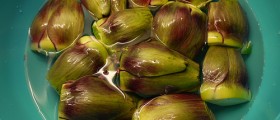


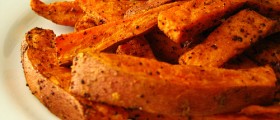

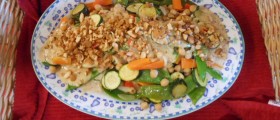

Your thoughts on this
Loading...